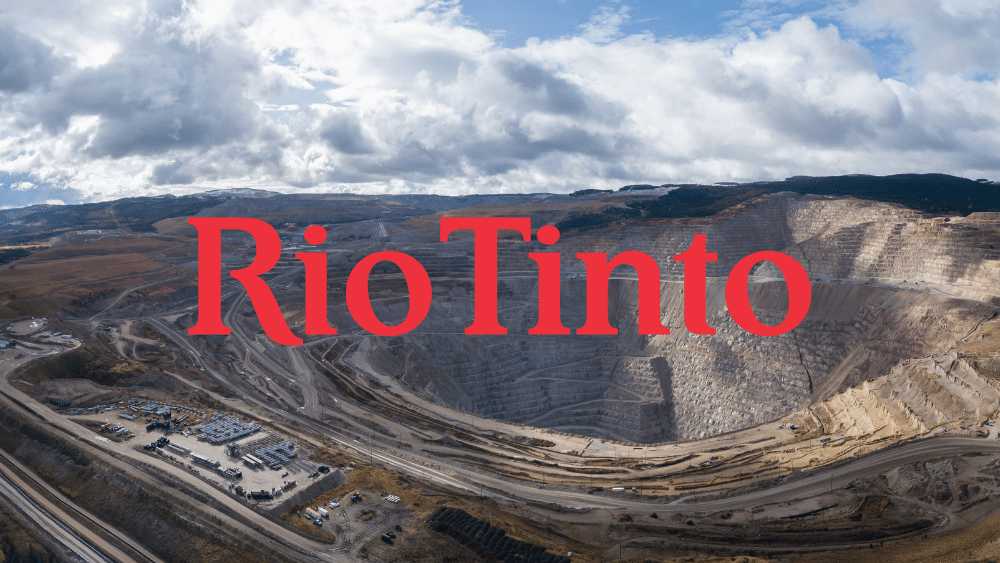

Rio Tinto seemed quite pleased with the Albanese government’s fundamental emissions-reduction policy for supplying vital support to heavy industries since it was aware of the environmental impact that the high-carbon east-coastal alumina units were causing.

Rio Tinto knows that its refineries and smelters are the most ginormous sources of greenhouse gases (GHG), and it is inevitable that from July 1, they will witness strict emission caps. This was made clear through a draft released by the Government on January 10, titled, ‘Safeguard Mechanism’.
Somehow, Rio Tinto’s Australian chief executive, Kellie Parker, lauded the step by the Government and displayed her gratitude for the support it would lend to heavy energy-intensive industries. She claimed this was “at the heart of today’s announcements”(January 10).
“We will need to work through the details to see exactly what it means for all of our assets, but the government’s climate ambitions align with our own commitment to net-zero emissions by 2050 and our plans to decarbonise our Gladstone assets to meet our group climate targets,” Parker commented.
“We really appreciate the support of the government as we pursue the decarbonisation of our assets,” she added.
The safeguard mechanism basically illustrates the part of the Government’s commitment to cut down 43 per cent emissions by 2030 and is the primary federal emissions-reduction policy since the introduction of the Gillard Government’s carbon tax reform, 2012 to 2014. The 215 units enlisted under the safeguard mechanism include divisions such as gas-generating plants, coal mines, manufacturing firms and steel mines. Together, they emit almost 28 per cent of the entire nation’s greenhouse emissions.
The former Coalition Government first implemented this policy, but the limitations were not rigid enough to impose strict rules on industrial polluters so that they curtail individual carbon emissions.
But after the implementation of this policy, companies would be forced to either incorporate cleaner technology or make sound investments in greenhouse offsets. This will align with the internal policy of cutting emissions by 4.9 per cent each year and 30 per cent by 2030.
The Climate Change and Energy Minister, Chris Bowen, said on Tuesday: “These proposed reforms have been carefully calibrated to deliver the policy certainty and support Australian industry needs through decarbonisation.”
“We’ve been extremely encouraged by the level of engagement in the process to date and look forward to continued constructive engagement as we finalise the design of these critical reforms for Australia’s net-zero pathway,” Bowen added.
Rio Tinto, Australia’s leading mining giant, has backed the government policy, establishing the field for Labor Party’s climate goals. Industry operatives along the broader mining sector have accepted the government’s inclusion of an initial $75-a-tonne cap on the price of Australian carbon credits but are equally worried about the overall cost of compliance, as it may risk their global competitiveness.
Tania Constable, the chief executive of the Minerals Council of Australia, claimed that miners cover approximately half the number of establishments branded under the safeguarding policy.
“We want to see an approach that puts Australia on a pathway to that 2030 target, but we need to keep our trade-exposed export industries strong and competitive,” she said.
Rio Tinto harbours an incredible aim to half its direct carbon footprint by 2030 and arrive at “net-zero” emissions by 2050. The company has promised to invest US1.5 billion ($2.1 billion) in wind and solar energies for operational activities in Western Australia’s Pilbara zone to decrease the application of gas. Yet, Rio Tinto is in great turmoil regarding how it can decarbonise its carbon-intensive alumina and aluminium businesses scattered across Queensland, NSW and Tasmania. The alumina and aluminium facilities are the most significant energy burners in the region.
Parker also said that Rio Tinto is journeying towards more efficient ways to negate emissions by promoting the use of hydrogen in place of gas.
Responses








